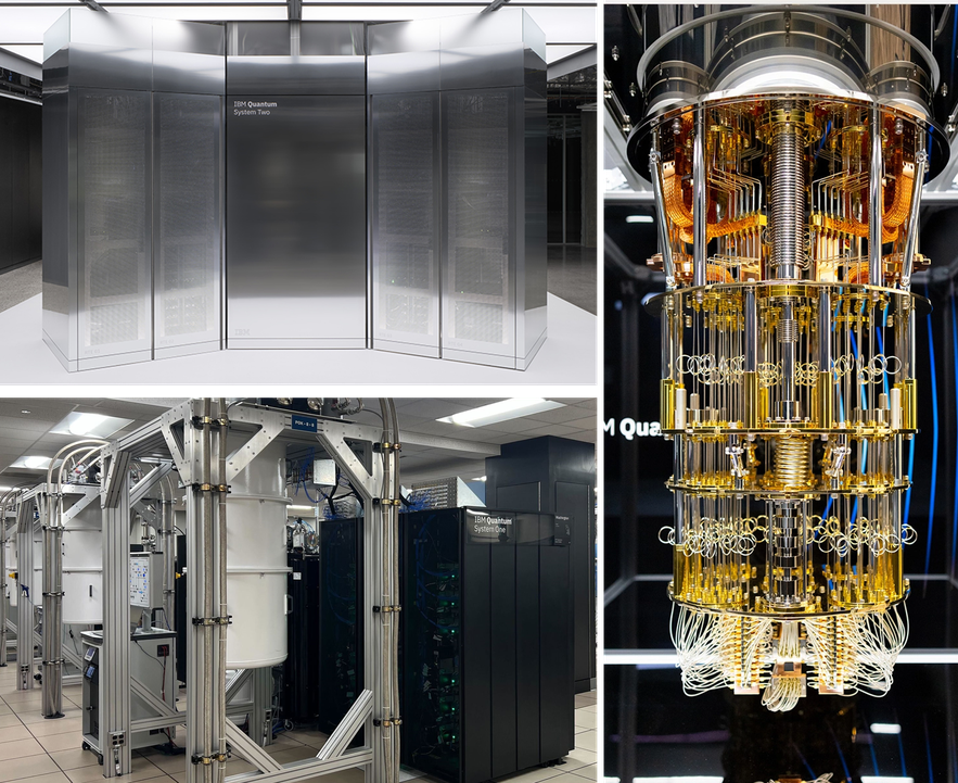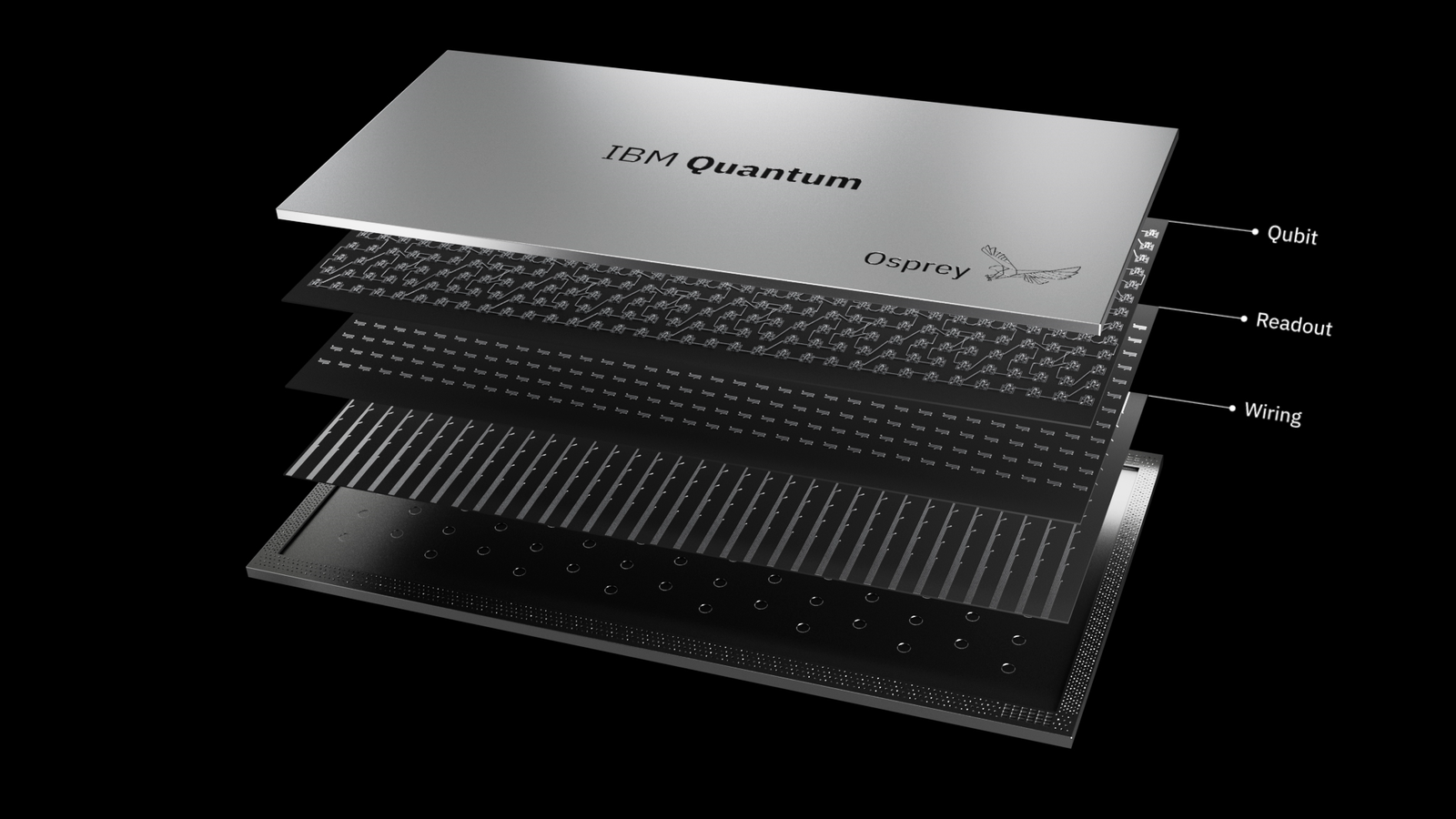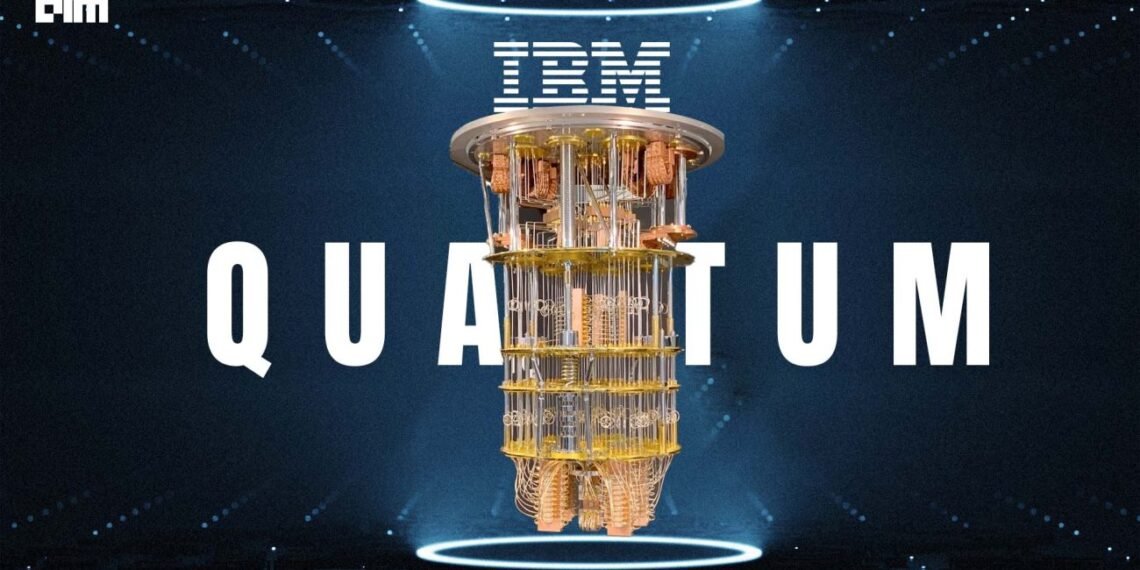Summary of India’s Quantum Leap
Technology and Collaboration
The Quantum Valley Tech Park in Amaravati, Andhra Pradesh, is quickly taking shape as a major initiative to put India on the global quantum computing map. It’s powered by IBM Quantum System Two, which comes with the 156-qubit Heron quantum processor—right now, that’s the biggest quantum system anywhere in India.
IBM and Tata Consultancy Services (TCS) are working together here, building a strong ecosystem for research and hands-on innovation. Their focus is on creating new quantum algorithms and practical applications.
Features of the Quantum Valley Tech Park
| Feature | Details |
|---|---|
| Location | Amaravati, Andhra Pradesh |
| Anchor Technology | IBM Quantum System Two with a 156-qubit Heron processor |
| Focus Areas | Applied research, innovation, talent development, job creation |
| Key Collaborators | IBM, TCS, Andhra Pradesh Government |

Accelerating Innovation
This initiative backs India’s National Quantum Mission by pushing forward quantum computing advancements. It’s also driving solutions in life sciences, cryptography, energy optimization, and sustainable manufacturing.
IBM, TCS, and state officials want to draw in top minds—scientists, developers, and quantum researchers—to chase real quantum breakthroughs.
Driving Economic Growth
Quantum Valley Tech Park should create high-skill jobs and attract international investment. The project lines up with Andhra Pradesh’s goal of becoming a center for innovation and advanced quantum research.
Future Implications
With IBM’s cloud-based quantum systems and TCS’s hybrid computing strategies, the park is set to become a space where academia and industry can actually work together. By focusing on real quantum use cases, the park gives researchers a shot at tackling computing challenges that regular computers just can’t handle.
Frequently Asked Questions

What progress has been made in quantum computing research at Quantum Valley Tech Park?
Quantum Valley Tech Park has become a real hub for quantum computing innovation. With the IBM Quantum System Two and its 156-qubit Heron processor, the park stands as the most advanced quantum hub in India.
The facility supports quantum research and helps tackle complex computational problems that were once out of reach.
How does India’s largest quantum computer measure up to international systems?
India’s largest quantum computer marks a big step forward for the country. With its 156-qubit processor, it stacks up pretty well against other high-capacity machines around the world, showing off technology that’s right up there with the best.
What partnerships exist between Indian institutions and Quantum Valley Tech Park?

Quantum Valley Tech Park works closely with top Indian research institutes and organizations. Universities and technical schools are teaming up with the park to build quantum research capabilities and boost skill development in this fast-moving field.
What are the features of the quantum computer at Quantum Valley Tech Park?
The IBM Quantum System Two here runs on a 156-qubit Heron processor. That gives it the muscle for advanced computations—think quantum encryption, optimization, and simulating really complex systems.
Which entities contributed to the quantum computer at Quantum Valley Tech Park?
This project is the result of a joint effort between IBM, Tata Consultancy Services (TCS), and the Andhra Pradesh Government. These groups worked together to design, install, and launch the quantum computing setup at the park.
How does India’s quantum computer benefit the nation’s technological growth?
India’s largest quantum computer is set to shake up innovation across fields like cryptography, material science, and artificial intelligence. It’s not just a fancy machine—think of it as a spark for research and skill development.
This leap could nudge India closer to the front lines of tech leadership. It also ties in with the country’s bigger scientific and strategic ambitions, which is honestly pretty exciting to watch unfold.




































